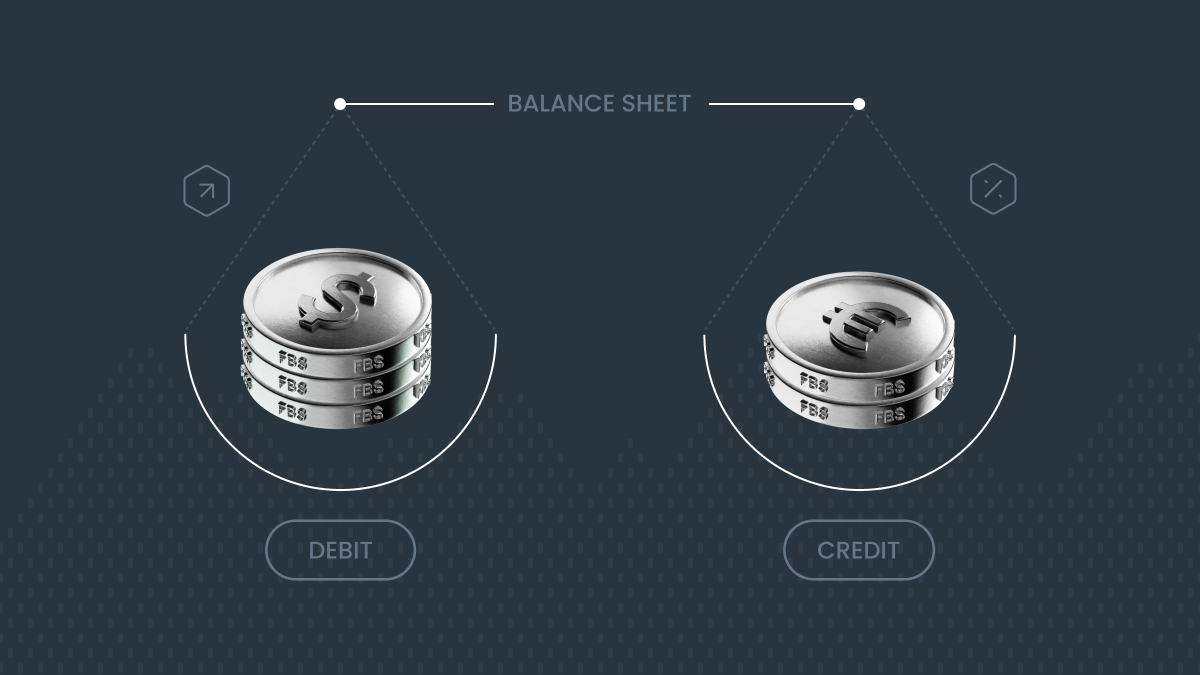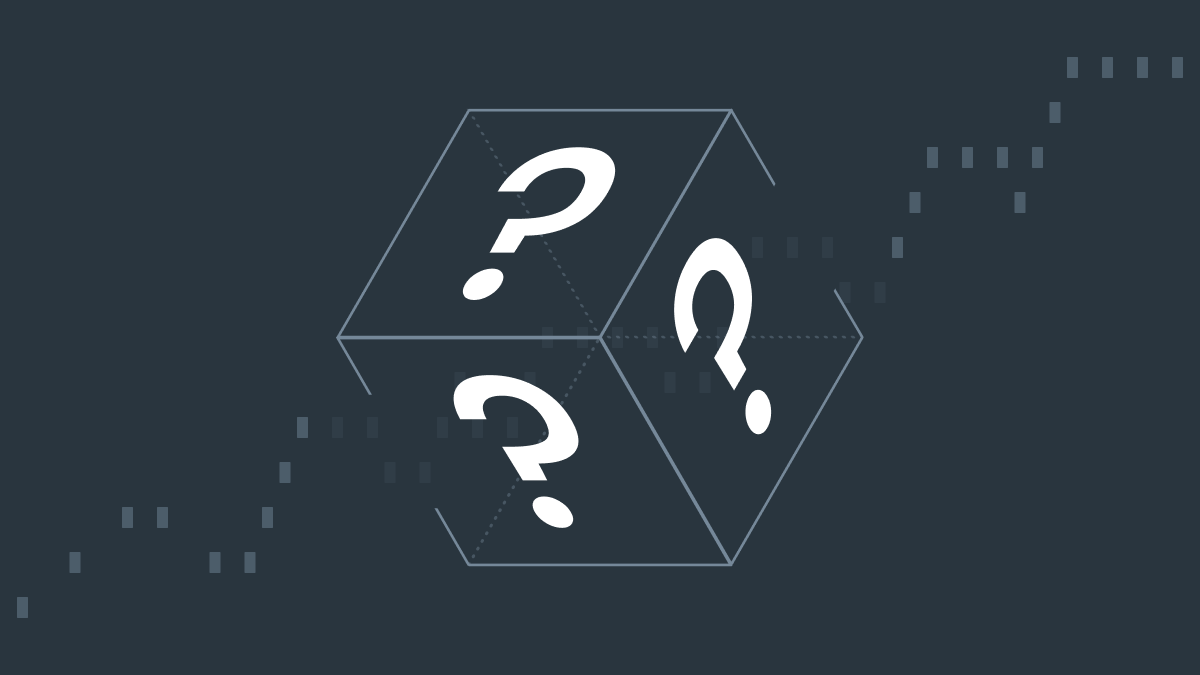What is the difference between active and passive assets?
Active assets are those that directly generate income. Companies often use passive assets for investment or as a means of protecting wealth rather than actively contributing to the overall profit of the company.
Active assets:
inventory and equipment;
accounts receivable;
patents.
Passive assets:
investments in securities (stocks, bonds, etc.);
long-term deposits and savings;
real estate investment.
What are the types of assets?
Current assets
Current assets are ones that are liquid enough that they can be readily converted into cash.
Cash itself and cash equivalents. This can include not only actual bank accounts, but short-term investments like treasury bills and money market funds.
Accounts receivable. This is money owed to an organization for goods and/or services already provided. If worse comes to worst, this outstanding debt can be leveraged to borrow the cash the company needs.
Inventory. Everything in the process of being manufactured and sold - from raw materials, to goods on store shelves.
Marketable securities. Mutual funds, stocks, and bonds a company can trade.
Prepaid expenses. Things a company has paid for, but has yet to receive, including estimated taxes.
The more current assets a company has, the better. However, the number of current assets can vary from one industry to another. In service-based companies it is lower, while retail businesses have more current assets.
Non-current assets
Non-current assets are vital for the business’s growth and can’t be converted into cash within a fiscal year.
Tangible assets. Land, buildings, vehicles, and equipment used for production or service delivery are examples. Anything that exists physically.
Intangible assets. Intellectual property is a good example. These assets can contribute to a company’s position on the market. Intangible assets are usually not listed in a balance sheet.
Long-term investments. These are held for long periods (more than a year): real estate, stakes in other companies, bonds and the like. Unlike marketable securities, they serve strategic or long-term growth purposes.
Long-term receivables. Money that other businesses of clients owe to the company, for example installment sales or loans.
| | Current assets | Non-current assets |
| Purpose | Ensure liquidity in the short-term | Support long-term business operations and growth |
| Liquidity | Highly liquid | Highly illiquid |
| Financial impact | Important for meeting short-term obligations | Crucial for long-term planning and management |
What are the types of liabilities?
Just as with assets, current and non-current are the two types of liabilities. The main difference is the time when a company meets the obligations.
Current liabilities
These must be fulfilled within one operating cycle or accounting year. They too show the business’s liquidity and the ability to meet its immediate financial obligations. Current liabilities are often settled with current assets.
Accounts payable. How much the company owes for goods or services. They are usually due within several months depending on the contract.
Short-term loans. Bank overdrafts, or short-term financial obligations.
Accrued expenses. Outstanding expenses that have yet to be paid out.
Dividends payable. Generally paid a few months after being declared.
These are all examples of ways you can measure how much money a company is good for without a need for an influx of cash to meet its obligations.
Non-current liabilities
Long-term debt. Bank loans, corporate bonds, mortgages, and other obligations a company has more than a year to settle.
Long-term lease payments.
Deferred tax liabilities.
Pension obligations.
| | Current liabilities | Non-current liabilities |
| Purpose | Finance short-term needs | Finance long-term needs |
| Duration | Are due within one year | Are due within several years |
| Financial impact | Directly affect liquidity ratios | Affect solvency ratios |
The passive/active indicator: what is it and what is its function?
The passive/active indicator is a valuable tool for measuring financial health and solvency, evaluating possible risks, supporting well-weighed decision making, and analyzing capital structure. It shows the correlation between a company's liabilities (passive) and its assets (active).

